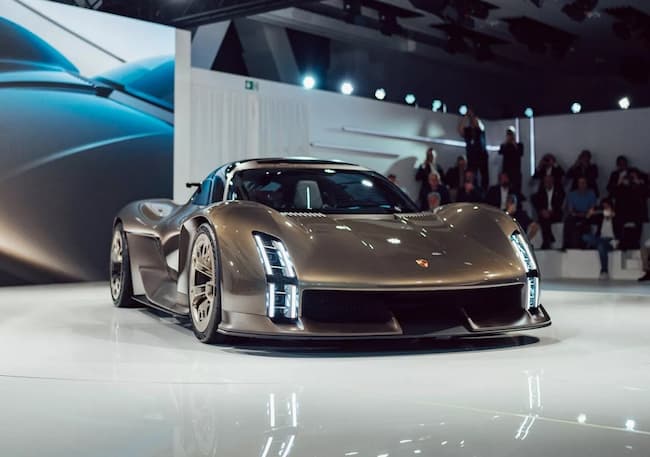In the realm of automotive history, the 1950s was a period marked by innovation, daring designs, and a sense of boundless possibilities. Among the shining stars of this era was the 1954 Buick Wildcat II – a vehicle that broke away from convention and embraced the spirit of American adventure in its futuristic design.
Diverging from its predecessor, the Wildcat I, the Buick Wildcat II embodied a new level of sportiness and imagination. Under the guidance of Chief Designer Ned Nichols, this automobile was conceived as a manifestation of tomorrow’s design, capturing the collective imagination of car enthusiasts and dreamers alike.
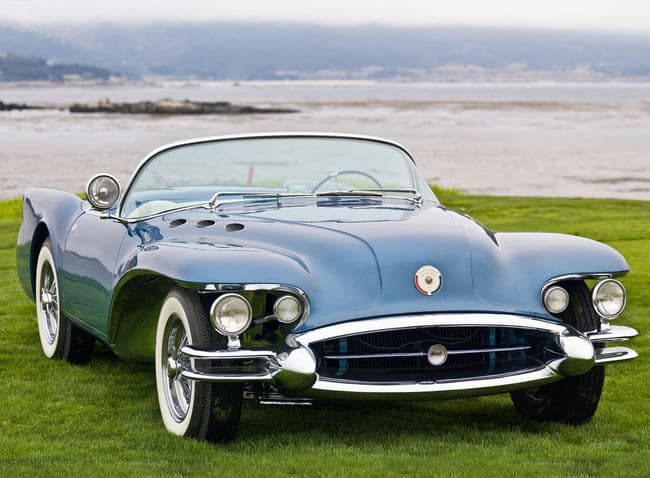
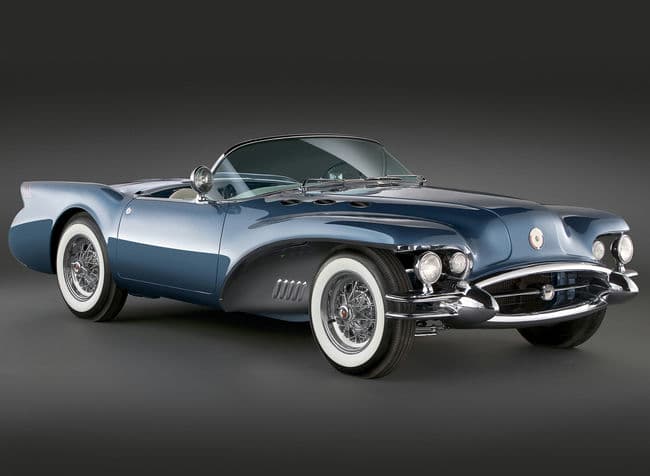
At the heart of the Wildcat II’s design philosophy was a departure from the norm. Inspired by the allure of two-seater fiberglass cars, Nichols and Harley Earl, the minds behind this creation, set out to redefine what a Buick could be. The result was a car that exuded an aura of innovation and forward thinking.
One of the most distinctive features of the Wildcat II was its dual spotlights, a design choice that added an element of sophistication and uniqueness. Breaking away from tradition, Buick’s signature porthole design found an unconventional home on top of the hood, serving as a testament to the designers’ audacity to reimagine familiar elements. Originally showcased in a striking blue hue, the car later underwent a transformation, emerging resplendent in a captivating gold finish that emphasized its futuristic appeal.

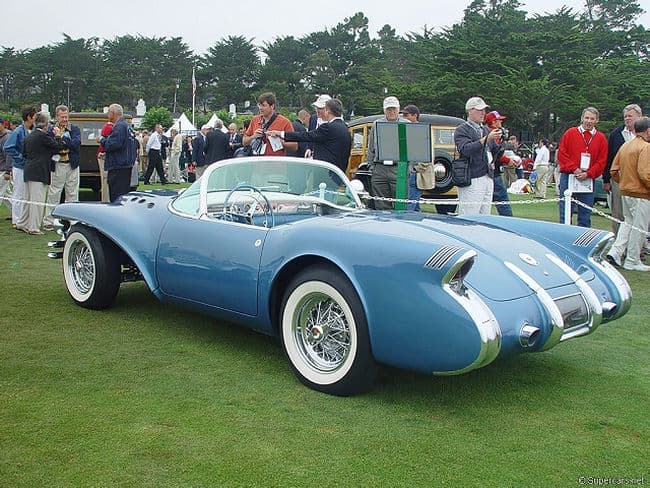
The Wildcat II’s exterior wasn’t the only aspect that pushed the boundarie of design. Its expanded front wheel wells, coupled with meticulously polished metal inner fenders, created a harmonious blend of form and function. The finishing touch came in the form of wide white wall tires that exuded an air of sophistication, emphasizing the car’s luxurious yet adventurous nature.
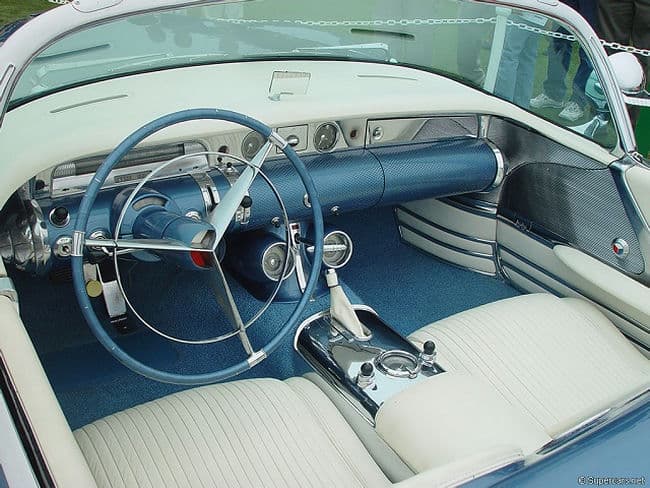

As time has passed, the Wildcat II has continued its journey through history, evading the rumored fate that befell its successor, the 1955 Wildcat III. The latter was believed to have been destroyed during a testing mishap involving wrecking equipment. In contrast, the Wildcat II has persevered, standing as a testament to the boldness and creativity that defined the automotive landscape of the 1950s.

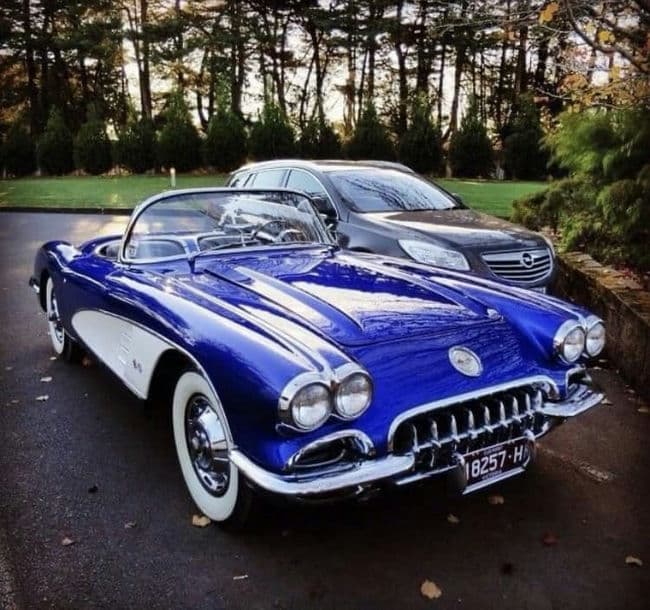
In conclusion, the 1954 Buick Wildcat II remains an iconic representation of the era’s innovative spirit and design ingenuity. Its departure from convention, incorporation of futuristic elements, and the audacious placement of signature features have solidified its place in automotive history. As an enduring symbol of American adventure and imagination, the Wildcat II continues to inspire car enthusiasts and remind us of the exhilarating possibilities that come with pushing the boundaries of design.
